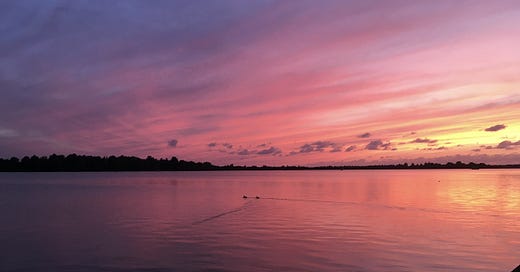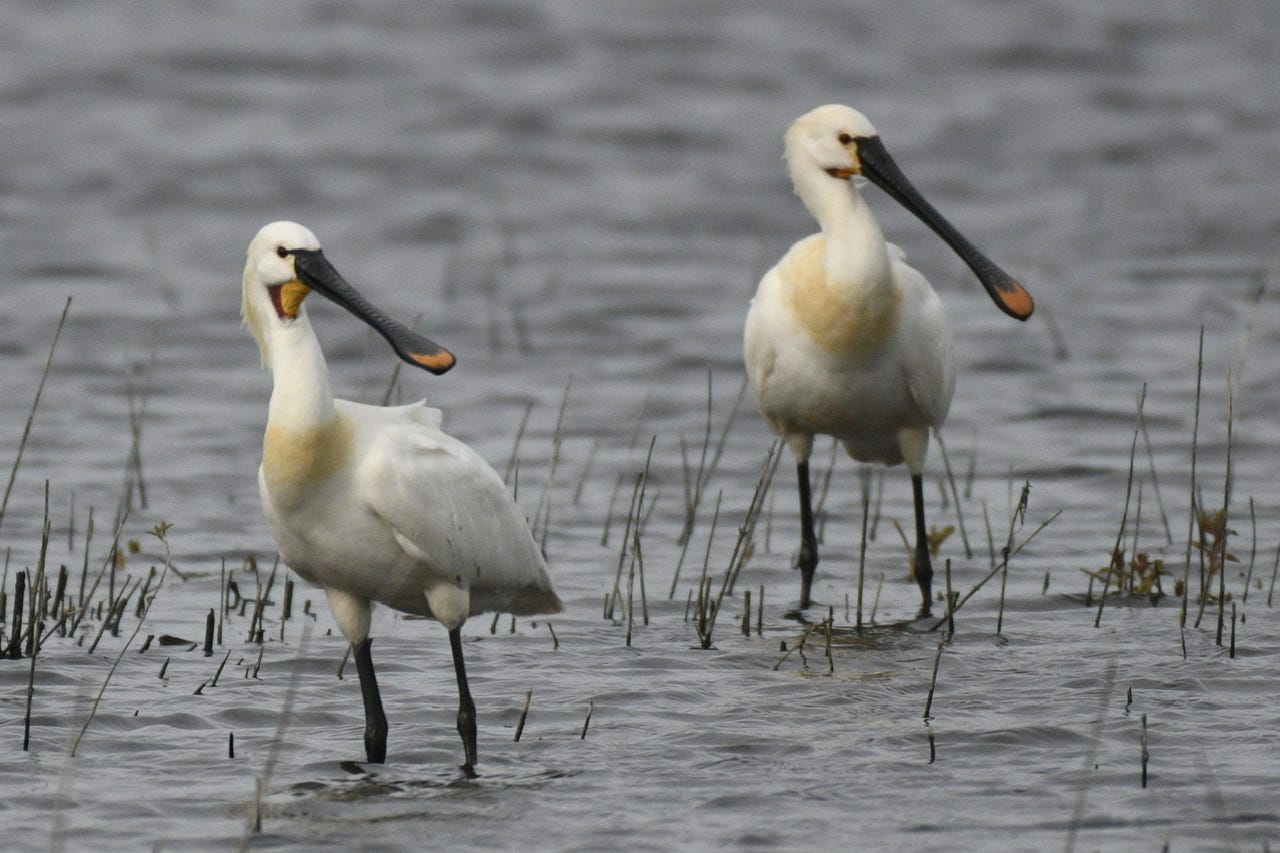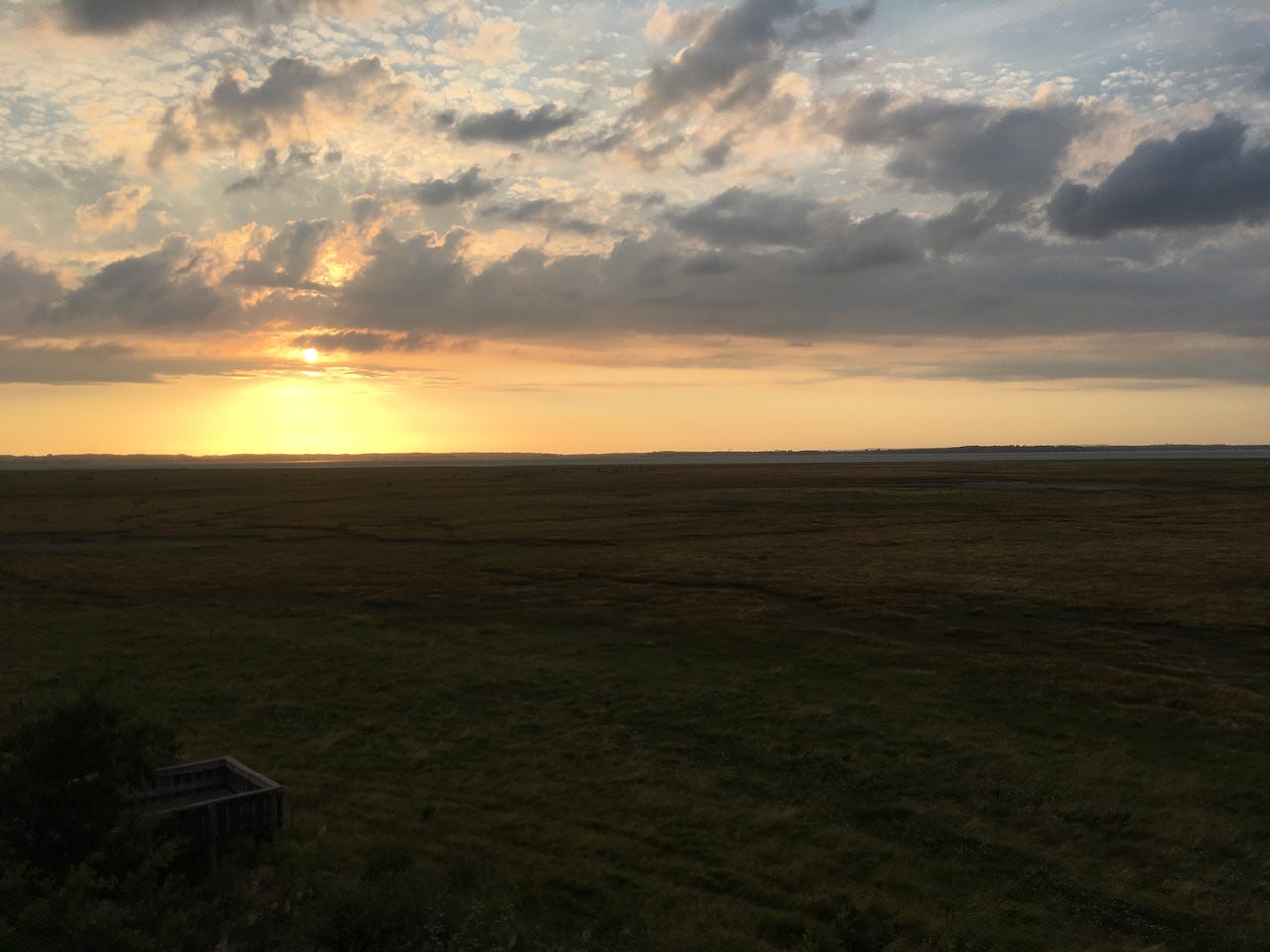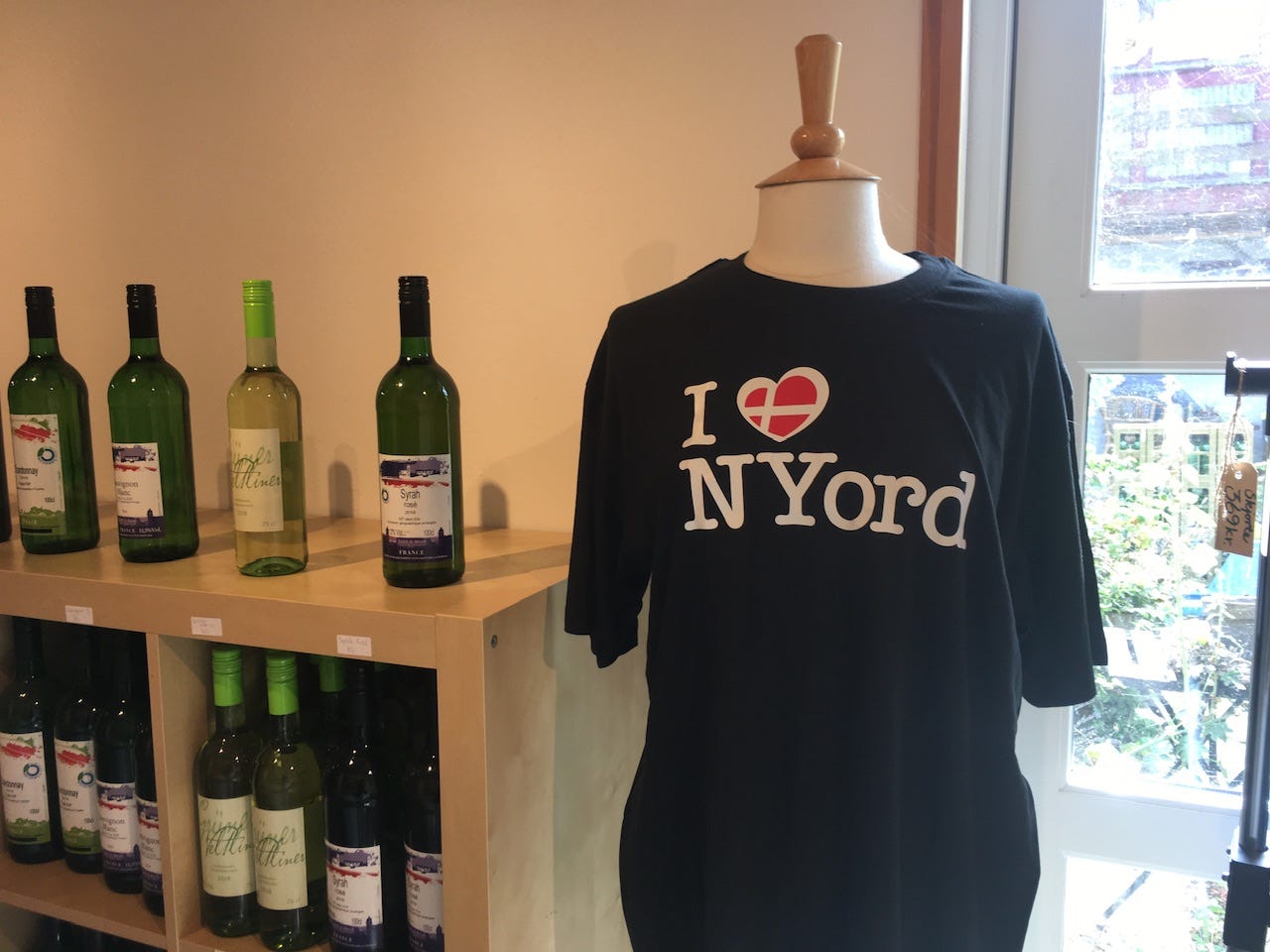Stars Without Cars: Honorable Mentions
Denmark's Nyord and the Netherlands' Lauwersmeer / Schiermonnikoog
This is the final installment of the Stars Without Cars series. On the surface, the series has comprised a set of guides for would-be visitors to car-free and “car-lite” International Dark Sky Places in Europe. On a more abstract level, the examples constitute a “proof of possibility” that compact, active-transportation-friendly communites and dark-sky-friendly communities can exist as one and the same.
To recap, we have covered two European IDSPs that entirely ban personal motor vehicles: Sark in the Channel Islands and Spiekeroog in Germany’s East Frisian Islands. We have also looked at two additional IDSPs that allow their handfuls of permanent residents to own personal automobiles but prohibit visitors from driving: Denmark’s Anholt and Scotland’s Isle of Rum.
This final post in the series — final, that is, until more car-free or car-lite places become IDSPs — features two honorable mentions: (1) the Netherlands’ Lauwersmeer National Park, which happens to be the gateway to the ferry to the car-lite island of Schiermonnikoog (which is itself a place with dark skies, if not an official IDSP) and (2) Denmark’s tiny island of Nyord, part of the Møn og Nyord IDSP, where driving is greatly restricted within the village. Unlike Sark, Spiekeroog, Anholt or even Rum, the village of Nyord By is not an isolated, self-contained community where residents can subsist for months without leaving; residents routinely rely on cars to make the short drive to Stege for daily shopping and other needs. This is why I have merely given it “honorable mention” status. (On the other hand, if car-free Tunø will follow neighboring Samsø in seeking recognition as an IDSP, then Denmark — the country where I discovered car-free rural living — will score a second entry on the main list...)
1: Lauwersmeer, Gateway to Car-Lite Schiermonnikoog
As mentioned in the installment on Spiekeroog, the Wadden Sea is one of Europe’s hotspots for research and advocacy in support of responsible lighting and the protection of the night sky. This holds true even in the Netherlands, despite its reputation as one of the world’s most light-polluted countries. In fact, the Netherlands has two IDSPs, both in the Wadden Sea region: De Boschplaat, which forms the easternmost part of the island of Terschelling, and Lauwersmeer National Park on the mainland.
When it comes to overlap with “car-lite” places, these two IDSPs are so close yet so far: De Boschplaat overlooks the neighboring car-lite island of Vlieland, and the car-lite island of Schiermonnikoog lies just off the coast north of the Lauwersmeer. Like Denmark’s Anholt and Scotland’s Small Isles, these two Dutch islands are not strictly car-free, but they prohibit visitors from bringing cars, and their infrastructure is so suitable for cyclists and pedestrians (and unfavorable for cars) that it is extremely uncommon to see anyone driving, even locals. Furthermore, despite lacking DarkSky International’s official stamp of approval, both Vlieland and Schiermonnikoog have dark skies in their own right, and Schiermonnikoog in particular stands out in my memory for its pleasant amber street lighting. Thus, I have chosen to include Lauwersmeer National Park as an honorable mention, in virtue of being the gateway to car-lite Schiermonnikoog: if you can make it to Lauwersmeer without a car, you can easily make the final step (or, well, ferry ride) to Schiermonnikoog.
In fact, it is arguably easier to reach Schiermonnikoog than Lauwersmeer without a car, since there are bus lines that stop right at the Lauwersoog port (where the ferry departs to Schiermonnikoog) and originate from either Leeuwarden (line 51) or Groningen (line 163). The Lauwersmeer National Park is en route on the line 163 – kinda – but requires a bit of a trek from the bus stop, depending on how deep into the park you wish to stay and explore, but it is doable for the able-bodied, light-packing traveller. Incidentally, if you want to pre-book your bus ticket to Lauwersoog or one of the stops along the Lauwersmeer, the Glimble app can be used for the above routes, as well as the buses within Schiermonnikoog (e.g. from the ferry port to the town).
Given my personal interests in small and self-contained communities, I am more drawn to the compact towns on Schiermonnikoog and Vlieland than the camps and chalets in Lauwersmeer. However, more detailed travel guides for these islands await future posts on Nonmotorized Trails, when I am not limiting myself to official IDSPs.
2: “I <3 Nyord”
Denmark has a relatively long history as a leader in Europe’s dark sky movement. In March 2017, the sister islands of Møn and Nyord became Scandinavia’s first IDSP, designated as both a Dark Sky Park and a Dark Sky Community.
Møn, the larger island known for its white chalk cliffs, is hardly car-free. Although I do recommend visiting to Møns Klint and the charming and historic town of Stege, the major road between them — Klintevej — produces traffic noise that can compete with a busy through-road in rural America. Tiny Nyord, however, is a different experience. Isolated in the midst of farmland and a sprawling bird sanctuary, the village of Nyord By requires visitors to leave their vehicles in a car park outside of town. After the day-trippers have gone home, the small island becomes a special haven of quiet and darkness. Nyord’s open landscape and car-free streets make it ideal for nighttime saunters beneath expansive views of the stars and Milky Way.
Nyord does not provide a true experience of a car-free community – it is lacks some basic amenities, and its handful of residents rely on their personal vehicles to drive to Stege for groceries and other necessities – but it is a nice place to spend a dark and quiet night (or two or three). There are a few B&Bs on the island, including one – Strågården – that has its own resident “dark sky guide,” Kenneth, who offers informative tours and telescope viewings in both Danish and English. (Although it felt a bit extravagant for a solo traveller, I stayed in Strågården’s “Little Red House” during my trip to Nyord, since I value a private lavatory.)
To reach Stege from elsewhere in Denmark without a car, take the train to Vordingborg (there is a direct connection between Vordingborg and København H – Copenhagen’s central station) and then transfer to the bus to Stege (line 664).

Nyord can be reached by bus from Stege but only seasonally (here is the schedule for the summer of 2025). Furthermore, even during high season, the bus runs too infrequently for guests to rely on transit to Stege for grocery shopping. You are well advised to check what restaurants will be open during your stay, and otherwise bring along what you will need. The Lillebod used to sell some groceries, but it appears that this cute little shop might no longer be with us. The good news is that Noorbohandelen remains alive and well and full of spirit.
Outside of this season, the best way to reach the island without a car is to pack light enough to ride 12 km or so with your belongings, and hire a bike in Stege. Or you can stop while hiking the Camøno — a thru-hike around the islands.
Have you found these posts useful or informative? Consider buying me a coffee on Ko-Fi.
Have you liked the bird pics included with some of my posts on this Substack? Then consider following me on Ko-Fi even if you don’t want to support my caffeine habit, because now that the “Stars Without Cars” series is complete, one of my forthcoming objectives is to test Ko-Fi’s “gallery” feature as a way of displaying more photo collections — including sets of birds and other critters from places that you’ve just read about, like Sark, Anholt and Schiermonnikoog.
You can also find me and my Heron on Bluesky.








